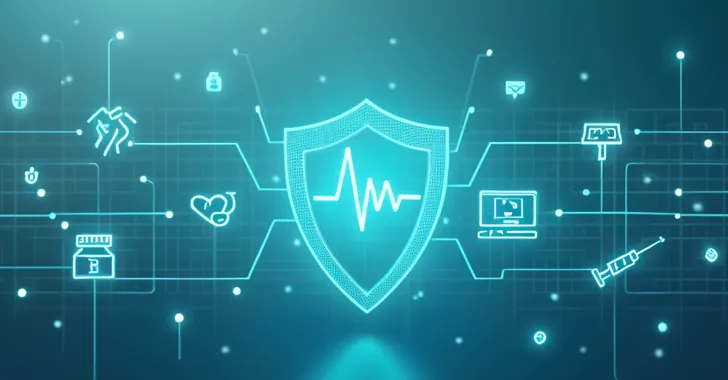
Urgent Update: New HIPAA Rules Demand 72-Hour Data Restoration Amid Rising Cyber Threats
2024-12-30
Author: Ying
Overview of New HIPAA Regulations
In a proactive move aimed at enhancing data security, the United States Department of Health and Human Services (HHS) is set to implement significant cybersecurity regulations under the Health Insurance Portability and Accountability Act (HIPAA) of 1996. This initiative emerges from the increasing threat of cyber attacks targeting the healthcare sector, with the Office for Civil Rights (OCR) spearheading these transformative proposals.
Key Features of the Regulations
The updated HIPAA regulations are designed to protect electronic protected health information (ePHI) more effectively by modernizing the Security Rule standards. A critical element of the new proposal mandates healthcare organizations to restore lost data and operational capabilities within a strict 72-hour window following a cyber incident. This swift restoration is crucial not just for operational continuity but also for ensuring employee and patient safety, as compromised systems can lead to delayed or denied access to essential medical care.
Compliance Requirements
Organizations must also undergo annual compliance audits, conduct thorough reviews of their technology asset inventory, and maintain an up-to-date network map. By identifying vulnerabilities within their systems, healthcare facilities can better fortify themselves against breaches that exploit these weaknesses. The new rules additionally require the mandatory encryption of ePHI, both in transit and at rest, along with the introduction of multi-factor authentication to bolster access controls.
Cybersecurity Measures
Cybersecurity measures like anti-malware protection and routine vulnerability assessments, including penetration testing, are also on the checklist for compliance. Vulnerability scanning must occur at least every six months, with penetration testing to be conducted annually. Implementing network segmentation is another critical requirement that aims to contain breaches and safeguard sensitive data.
Impact of Ransomware Attacks
With ransomware attacks increasingly targeting healthcare systems, the urgency for stringent cybersecurity measures is paramount. Not only do these attacks pose significant financial risks, but they also threaten patient safety by disrupting access to essential healthcare services. Notably, a shocking 67% of healthcare organizations faced ransomware attacks in 2024—an alarming increase from 34% in 2021, according to cybersecurity experts at Sophos.
Rising Costs and Recovery Challenges
As the landscape grows more perilous, the average ransom payment has skyrocketed to a staggering $1.5 million, with many organizations feeling compelled to pay to retrieve their data. Recovery from these incidents is becoming increasingly difficult, with only 22% of victims bouncing back within a week's time, a worrying decline from 54% just two years prior.
Industry Concerns
Industry leaders are voicing concerns about these alarming trends. Sophos CTO John Shier remarked, “The healthcare sector's sensitive information creates a prime target for cybercriminals. Unfortunately, many organizations aren’t equipped to handle these attacks, as evidenced by longer recovery durations.”
Global Collaboration Needed
In light of the severity of this issue, the World Health Organization (WHO) has joined the chorus, labeling ransomware attacks on hospitals as “life and death” challenges, emphasizing the critical need for global collaboration to combat this escalating cyber threat.
Conclusion
In a world increasingly driven by digital communication and electronic data management, healthcare organizations must prioritize these new regulations to not only comply with the law but also protect the lives of their patients. Will these stringent measures be enough to deter cybercriminals, or is the healthcare sector in for an even tougher battle against cyber threats? Stay tuned as we bring you more updates on this critical situation.



 Brasil (PT)
Brasil (PT)
 Canada (EN)
Canada (EN)
 Chile (ES)
Chile (ES)
 Česko (CS)
Česko (CS)
 대한민국 (KO)
대한민국 (KO)
 España (ES)
España (ES)
 France (FR)
France (FR)
 Hong Kong (EN)
Hong Kong (EN)
 Italia (IT)
Italia (IT)
 日本 (JA)
日本 (JA)
 Magyarország (HU)
Magyarország (HU)
 Norge (NO)
Norge (NO)
 Polska (PL)
Polska (PL)
 Schweiz (DE)
Schweiz (DE)
 Singapore (EN)
Singapore (EN)
 Sverige (SV)
Sverige (SV)
 Suomi (FI)
Suomi (FI)
 Türkiye (TR)
Türkiye (TR)
 الإمارات العربية المتحدة (AR)
الإمارات العربية المتحدة (AR)